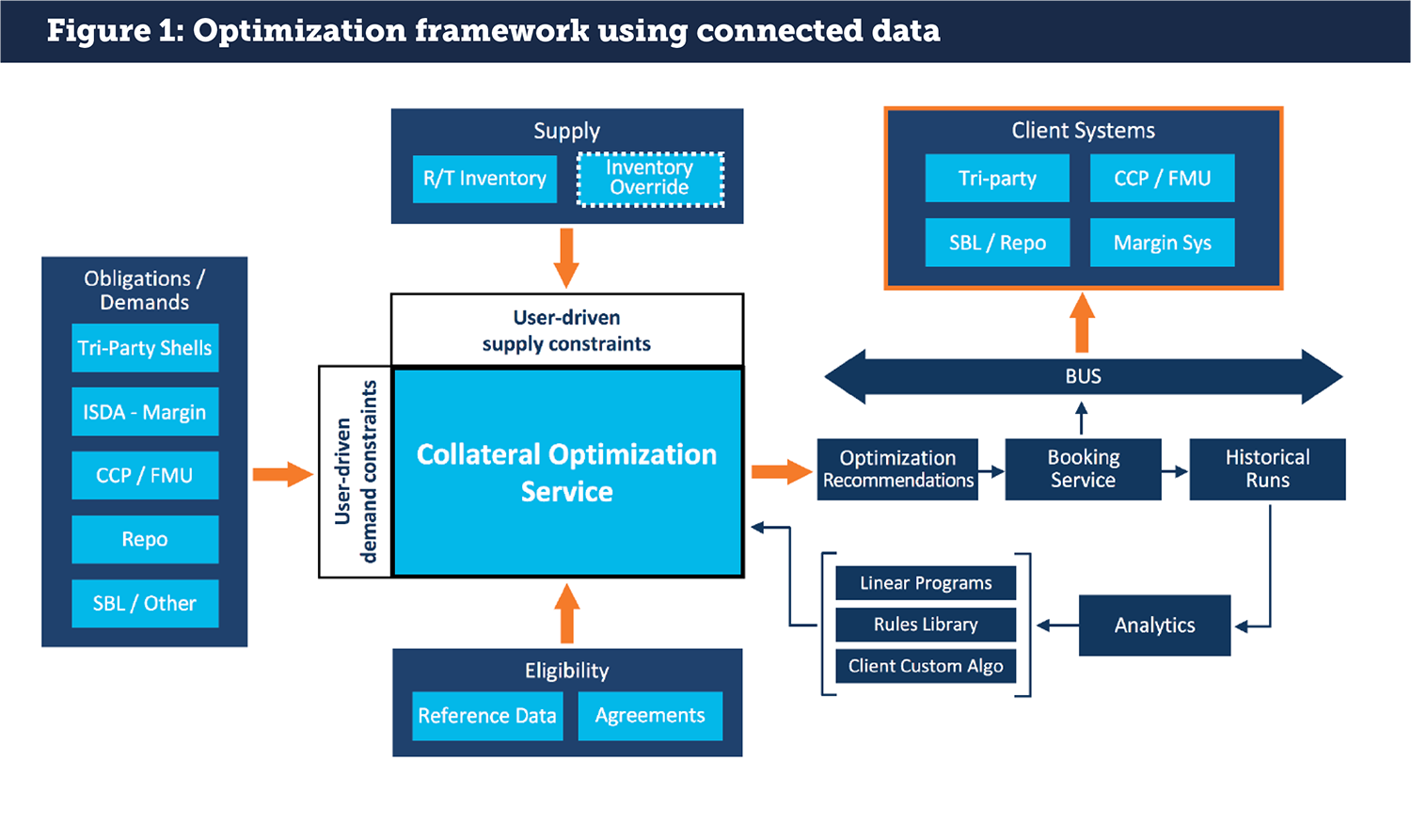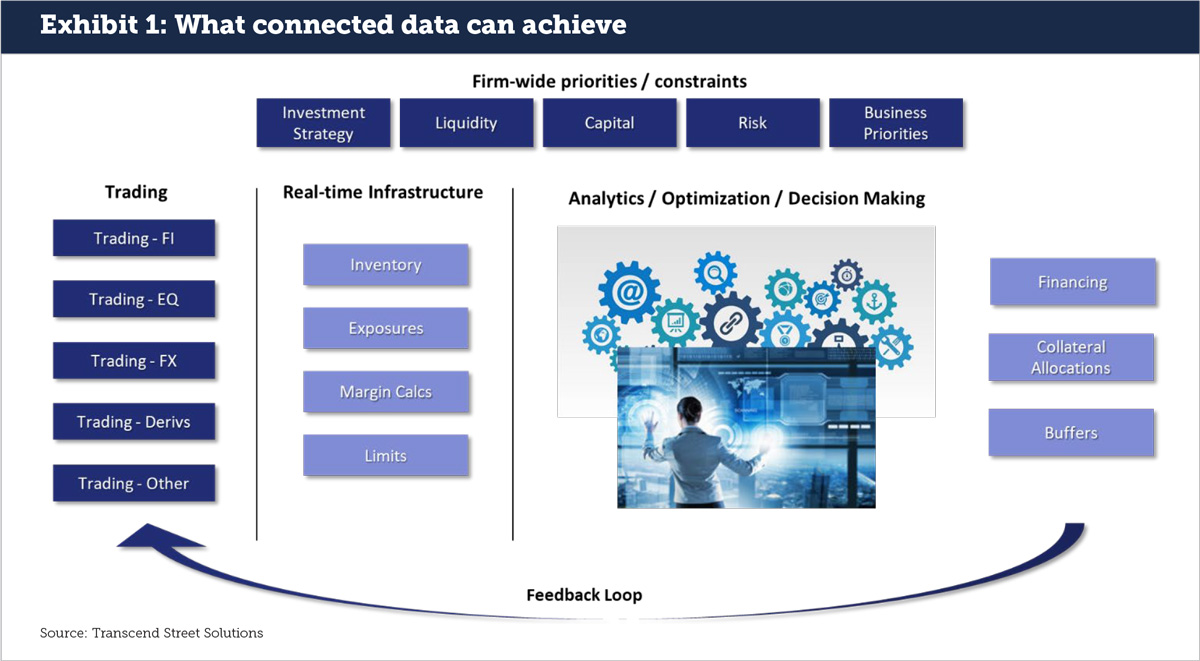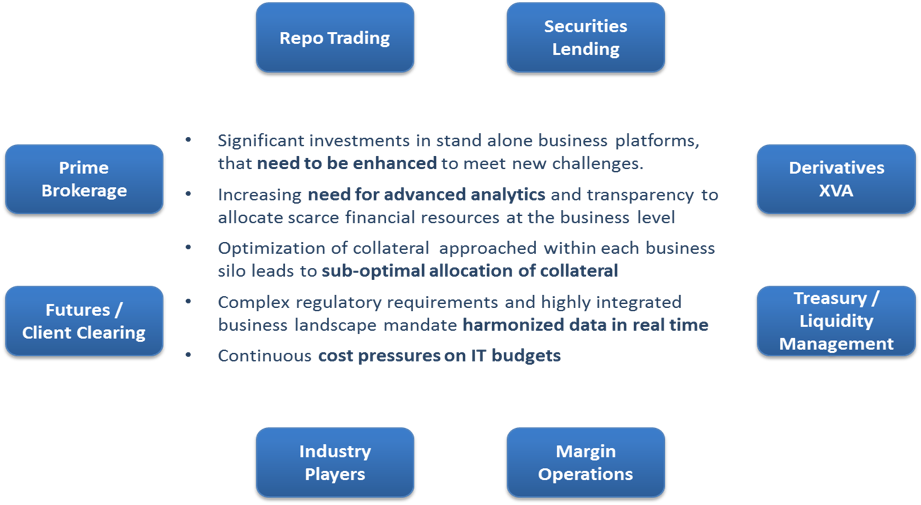Globally, interest in repo CCPs is growing, to some extent because of regulatory actions. But how does it all fit together when considering both traditional and newly emerging business models? Ahead of our upcoming Rates and Repo conference, we speak with our panelist experts about exciting new prospects as repo modernizes, as well as warnings to manage expectations between buy- and sell-sides.
In the repo world, one major theme is the continued progression of trading models and a “mutually beneficial evolution” of values between the sell- and buy-sides. And that is moving the market beyond traditional uncleared repo in a dynamic economic backdrop, said Jeff Sowell, repo trading and product development for Financing and Collateral Solutions at State Street.
Sowell points to the success of FICC’s sponsored repo in the US as an example. State Street was among the first sponsors to join and remains one of the largest participants. With banks increasingly providing access, Sowell noted that the team differentiates by including as many jurisdictions and entity types as possible given appropriate governance; providing access to late-day liquidity, even after the Fed’s reverse repo facility closes, particularly for cash investors; and offering ancillary services beyond repo.
Given the increased workload on the front office, there’s a lot of value that banks can provide clients, Sowell said, listing services such as standardized legal agreements, access to multiple counterparties in one set of documents, reduced counterparty risk, electronic trading, straight-through processing on the back end, collateral management and regulatory reporting.
State Street has also been at the forefront of developing peer to peer repo, which he noted needs to be more than a trading only solution if it is going to grow into a scalable, self-sustaining, liquid marketplace: “In order for repo models to continue to progress, it requires a partnership between the buy-side and the sell-side to mutually drive these models forward. The sell side can’t create a solution in a vacuum, it has to work for the buy side, and the buy-side cannot just conceive demands and expect that the sell-side can accommodate it.”
Triparty’s unfinished business
The traditional business model of triparty is one area getting a significant shake-up from digitalization trends. Triparty has been a huge driver of efficiency in the financial system because it provided a collateralized construct without a lot of operational overhead, but the next level of evolution comes when clients can optimize collateral across multiple triparty agents and other venues, like CCPs, said Bimal Kadikar, CEO of Transcend.
Kadikar also noted that interoperability across triparty agents has been a huge client demand for a long time but has not happened yet due to a variety of factors. It’s not clear that these issues can be solved directly by triparty agents, and consequently clients still need to address them. That means newer entrants such as tech platforms or DLT-based players will be expected to address that gap, which could potentially impact business models.
Transcend is helping clients to optimize collateral across triparty agents using innovative optimization algorithms and directing movement of assets across agents through clients’ operational infrastructure to achieve enterprise level efficiencies.
Among triparty agents, there’s headway on how digitalization and related technologies will help, but the bottom line is that the level of data and technology integration or “cohesive ecosystem” required does not exist today amid an increasingly urgent need for sophisticated execution of cheapest to deliver collateral that incorporates many more advanced factors, such as: customer vs firm collateral and liquidity coverage and net stable funding ratios (LCR/NSFR), Kadikar said.
“(The) industry has been asking triparty agents to be interoperable for years. A lot of current discussions indicate that Blockchain and DLT will make it easier, but I am not convinced,” said Kadikar, adding that the interoperability problem is solved by clients today but somewhat inefficiently. Moreover, ESG integration can be expected to gradually become an important demand, and while there is an early response from triparty agents, it remains simplistically focused on exclusion lists.
At the same time, there’s yet unfinished business with more vanilla technology, such as APIs: “APIs continue to be a prominently important and critical topic, it just needs the right level of investment from each of the triparty agents for it to work to the right level. And it will be important whether you (have) traditional assets or tokenized assets.”
Integrated verticals and buy-side repo clearing
While triparty has seen a surge of interest from Uncleared Margin Rules, another major development gaining steam this year is non-bank participants – pension funds, insurance companies, asset managers, hedge funds — trying to access centrally cleared repo markets in Europe, a trend that might be as much as a decade behind the US, said Frank Odendall, head of Securities Financing Product and Business Development at Eurex.
“All these different buy-side entities suddenly have shown strong interest to connect,” he said, identifying factors behind this such as interest rate volatility, economic shocks associated with energy markets and the Russia-Ukraine conflict, and inflationary pressures.
Eurex runs a repo trading venue, Eurex Repo, and central clearing facility, Eurex Clearing. In addition, Clearstream, the ICSD and settlement venue for Deutsche Börse, facilitates single ISIN repo, triparty repo as well collateral management for repo trading and margining. This integrated model has a lot of efficiency benefits, he said.
In July, Eurex extended the repo clearing service to leveraged funds, and now has 11 buy-side firms representing about $1 trillion in assets on its cleared repo model, called ISA Direct. FICC’s sponsored model has some 1,900 buy-side Legal Entities meanwhile and has been live since 2005 by comparison.
Some firms stay away from cleared repo because of haircuts and margin requirements. But that simplistic calculation does not take into account extra services like access to intraday liquidity management, a topic that is going to become more prominent as the US moves to T+1 settlement and firms become even more challenged to raise cash on a compressed settlement cycle, Odendall noted.
“We provide, through the integrated system of trading and clearing and interlinked with the settlement locations, a mechanism to address one of those key challenges,” Odendall said. “That feature [same day settlement] is used every day significantly to raise money or place money…we settle billions every day in 30 minutes.”
Guaranteeing repo across the pond
Earlier this year, Bloomberg, Euroclear and Sunthay announced an initiative to launch guaranteed repo in the US, which combines two ideas: bank balance sheet relief and an alternative to how US repo settlement works today. It can be compared to indemnification in a peer to peer model.
Shiv Rao, chair of Sunthay, said that the model was some six years in the making, with early versions arising during his time at Barclays and Wells Fargo. This latest guaranteed repo venture aims to “industrialize” the early structures that he previously innovated, explained Rao. He further noted that Bloomberg’s and Euroclear’s involvement are central to creating scalability for the model.
He is keen to note that the Securities and Exchange Commission’s proposed rule for mandated clearing does not extend to guaranteed repo. Rao believes that the model reduces systemwide leverage and addresses contagion and concentration risks through a market-developed global solution, and that public policy goals to enhance resilience are furthered by excluding guaranteed repo transactions from clearing mandates.
“Euroclear is offering a service that brings much of the functionality of triparty to the bilateral DVP settlement market. Guaranteed repo reduces systemwide intraday liquidity demands and cash and collateral movements, which reduces costs for everyone, but also offers an alternative to the concentration that happens in Bank of New York,” said Rao. “Additional solutions are good for the market.”
Shiv, Frank and Jeff will be joining colleagues from DTCC and BNY Mellon on the panel “Repo Economics and Settlement Venues” at Rates and Repo, when they will discuss these and other major market trends. Transcend’s Bimal will be joined by experts from BNY Mellon, J.P. Morgan and Pirum for a panel discussion on “Developing the Triparty Business Model“. Rates & Repo is a conference for cash investors, dealers, market intermediaries, technology firms and other service providers.
For Original Publication: Finadium Rates and Repo 2022









